Past and Present | Postcards Post-Rome 2023
Joseph Belair looks back at some of the unique opportunities of The Rome Experience:
1. Visit to the Apostolic Penitentiary: We were blessed with the opportunity to visit the Apostolic Penitentiary, which is one of the Dicasteries in the Curia specifically dealing with the internal forum, or confessions. One of the priests who has been working in the Penitentiary for the last 17 years spoke to us about what they do and how, even though they regularly deal with the worst sins, the top three being desecration of the Holy Eucharist, a priest absolving his accomplice in a sin against the sixth commandment, and a priest breaking the seal of confession, there is joy in knowing that these sinners have repented and are seeking union with Christ and His Church.
2. St. Peter’s Basilica: I would be remiss if I did not include visiting St. Peter’s in this list. What is most striking to me is that although it is a very popular tourist destination, St. Peter’s is still very active in administering the sacraments. There are regular daily Masses, one of which we attended, a chapel for Eucharistic adoration which we were able to pray in, and, most striking to me, a whole transept devoted to hearing confessions. There are constantly confessions being heard in probably a dozen different languages, and I was even able to go to confession with a Chinese priest who is a favored confessor among American seminarians studying in Rome. I reflected on the beauty of his life and considered how many thousands of confessions he has heard just sitting in the box in St. Peter’s for hours a day.
3. Visit to the First Oratory of St. Philip Neri: Connected with the church in which we ordinarily have daily Mass, San Girolamo, there is the first oratory that St. Philip Neri founded when he came to Rome. The most striking thing about this to me was how small it was. It was a simple chapel that could only seat about 15, and yet this was where this great saint prayed with newly founded community of Oratorians.
4. Vatican Museums: Not only were we able to tour the Vatican Museums, we woke early one morning to get to the museums before they opened to receive a private tour. This was a great blessing since if you have been to the Vatican Museums, you know how crowded they get. The two most striking things for me were seeing Raphael’s fresco of Plato’s Academy across from another one of his fresco’s of Eucharistic exposition, symbolizing the necessity for both faith and reason almost 500 years before St. John Paul II’s encyclical Fides et Ratio. The second most striking thing was being in the Sistine Chapel and getting to appreciate that famous ceiling without having to fight the crowd.
5. Fr. Loya’s Class: The final class series we had in Rome was given by a Byzantine Catholic Priest named Fr. Loya. Although he’s Byzantine rite, he is celibate and focuses on St. John Paul II’s Theology of the Body. His teaching focused on the Theology of the Body in the context of the celibate priesthood, that is to say how the priest ought to take on a fully Catholic worldview that all the Christian faithful are called to, and through that worldview reorient our sexuality to produce spiritual children. It was a beautiful exposition of celibacy and the need in the Church to have masculine, well-integrated priests.
Joseph Belair
Diocese of Tyler


